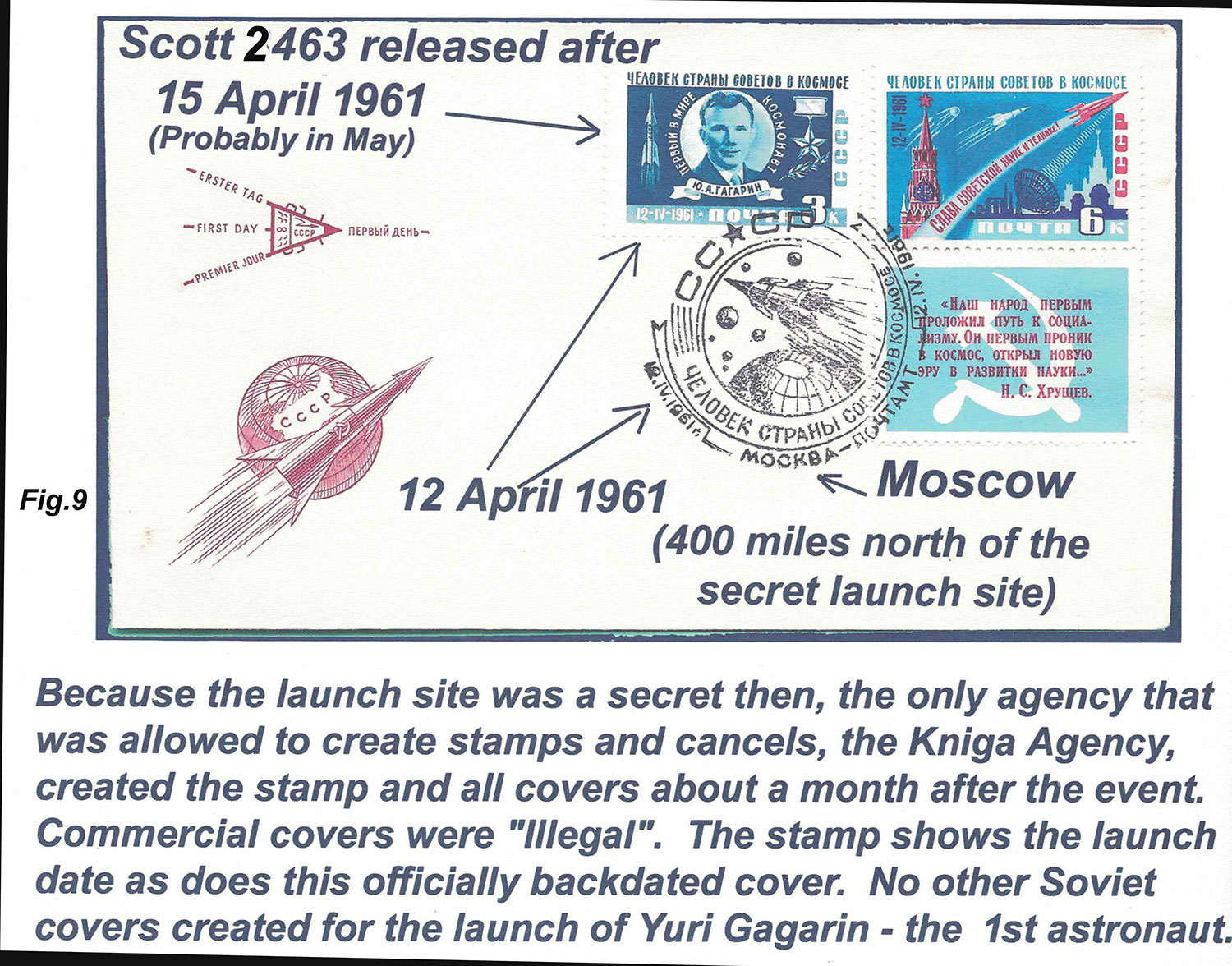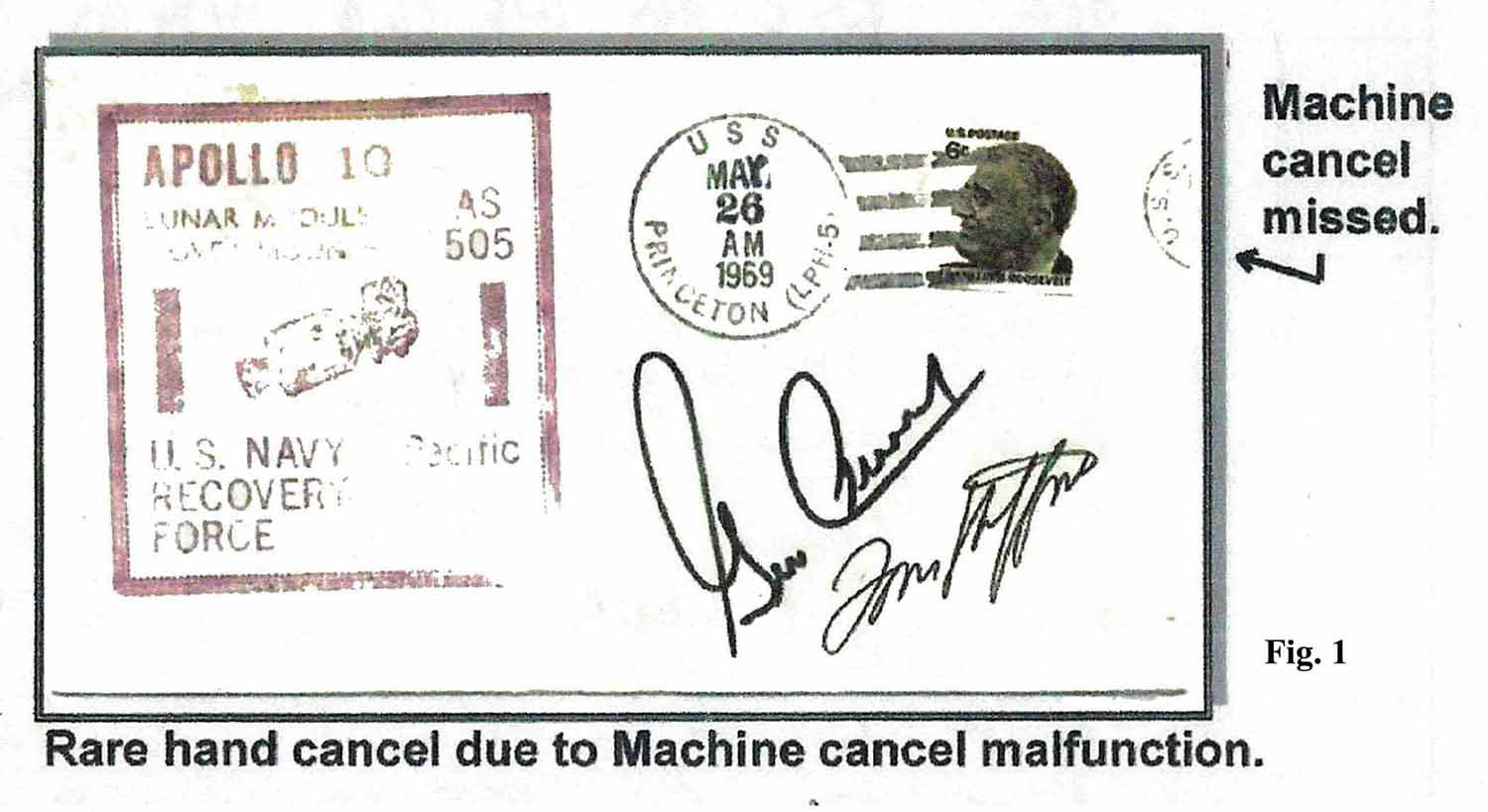Space Cover #545: Some exhibiting tips for better award levelsWhen exhibiting philatelic items, even space covers, the judges want to see philatelic elements in addition to the covers and the stories themselves, for after all Astrophilately incorporates "philately" in its name. There are a number of ways to incorporate such things into your exhibits. Here are a few examples of some items that could help you add a few extra points to your next competitive exhibit showing.
Fig. 1 (above): For the Apollo 10 PRS covers practically all covers received machine cancels. This example shows that only a partial MC is at the far right. Point out that a sharp-eyed postal clerk noticed this and then applied a seldom seen HC to this cover.
Fig. 2: For the Apollo 16 PRS covers, point out that the ship's postal clerks were left at Pearl Harbor, Hawaii where they applied HC to all of the covers received. However the MC device was left aboard the PRS and someone ran off a very few covers that were actually still on the ship, with a MC and these MCs are very seldom seen. Don't say "rare" or "scarce." "Seldom seen," or something like "Only 25 are known to exist" are the better terms to use. I sometimes use, "This is only the second example which I have seen, or read of, in 51 years of collecting."
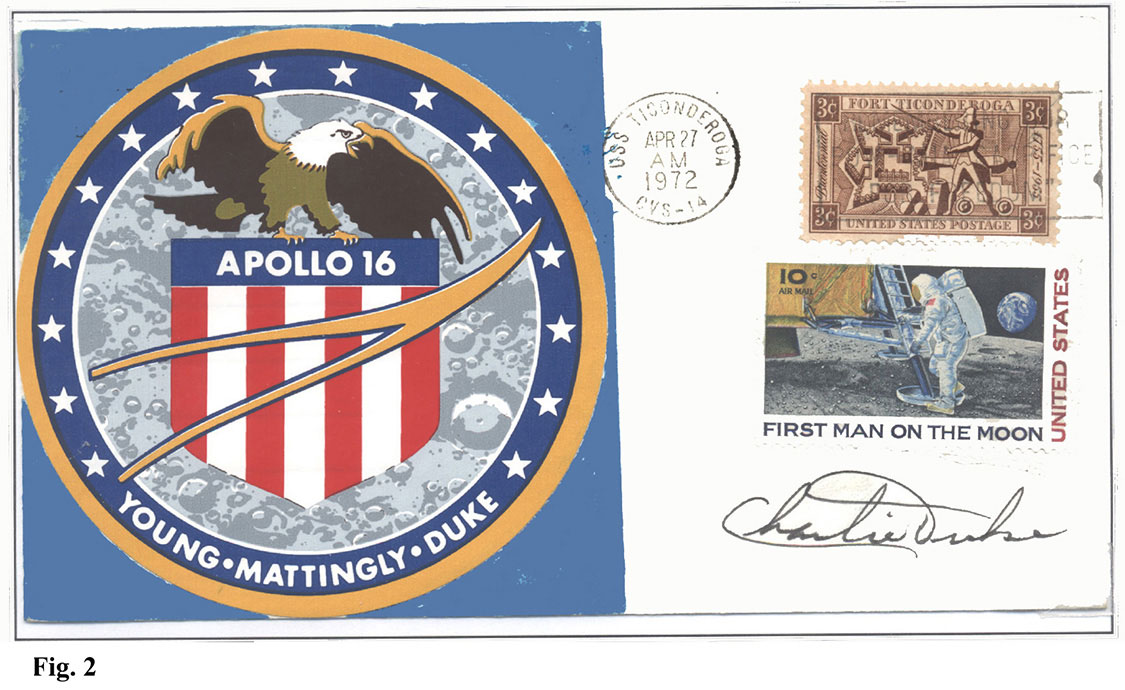
Fig. 3: Apollo 17 PRS covers can note the HC at Pearl Harbor, with mentioning that this shown cover additionally was flown during the recovery mission and is seldom seen.
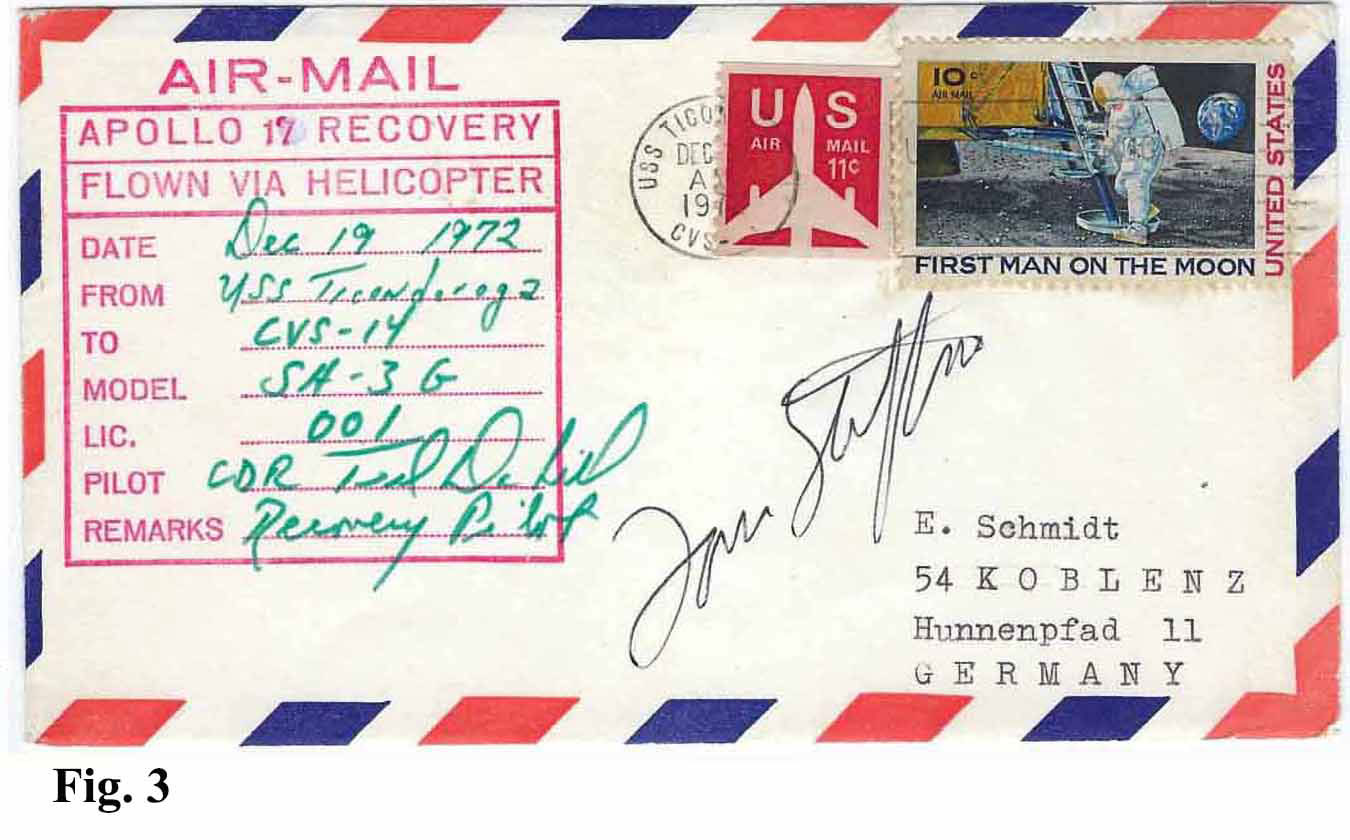
Fig. 4-6: Include fraudulent covers in your exhibit and describe how you know that these are "faked." Put the word "FAKE" in red in 14 to 16 point capital letters, under or adjacent to the cover to bring the judge's attention to them.
Additionally on Fig. 6, if you were the first one to learn a new fact about a cover, include that in your exhibit text as that shows "Personal Research" which will add to your points and medal level.
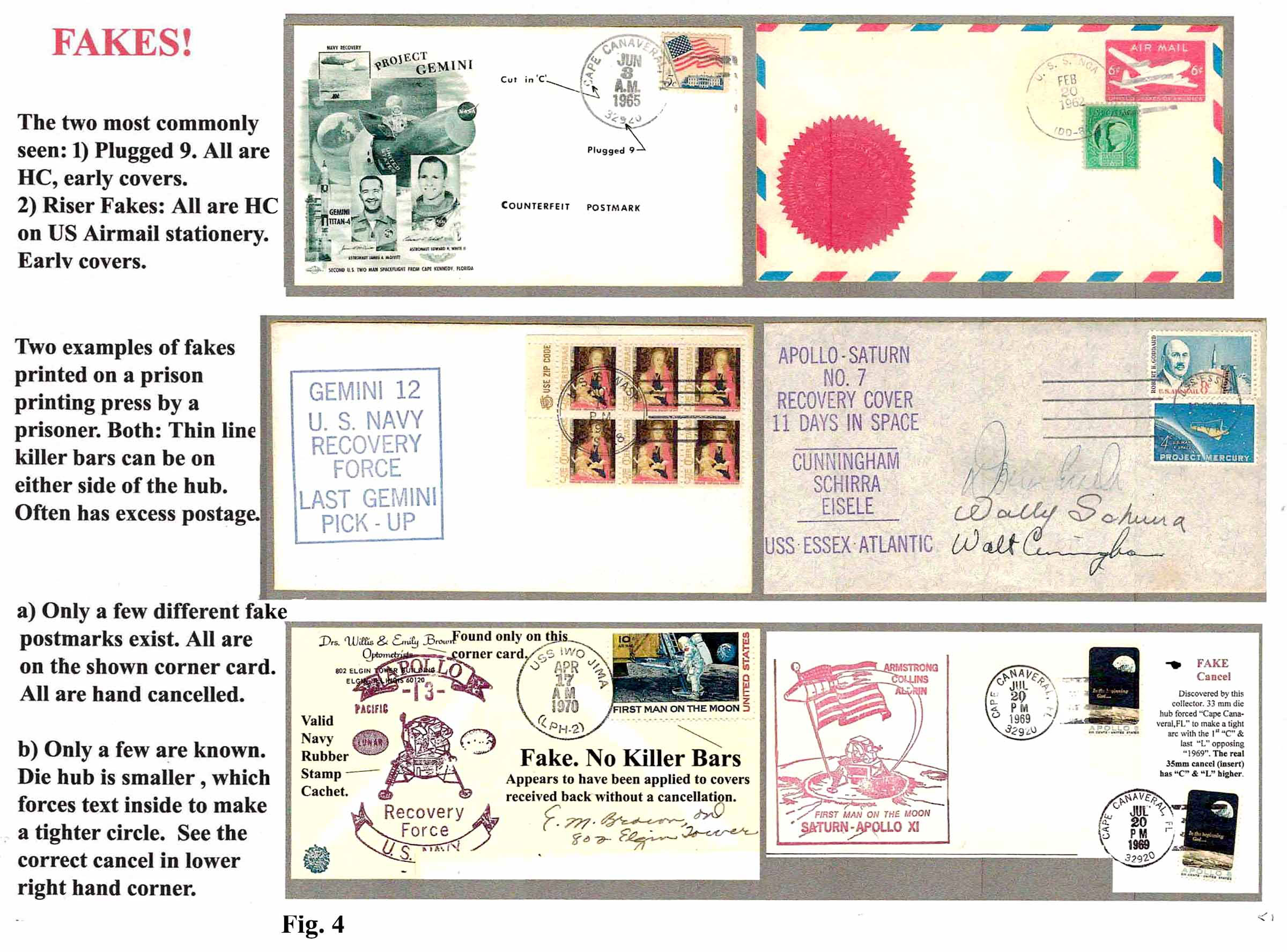
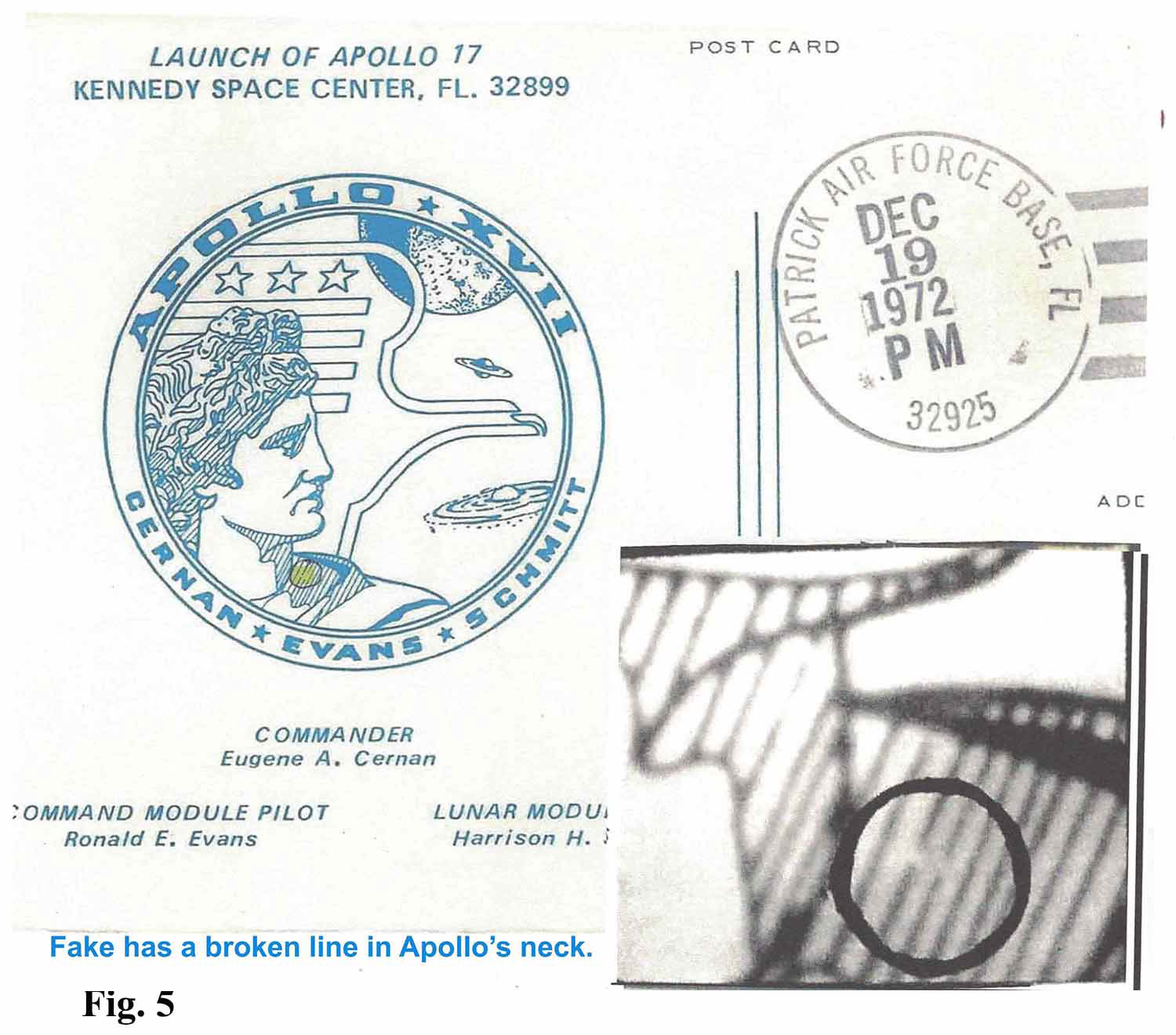
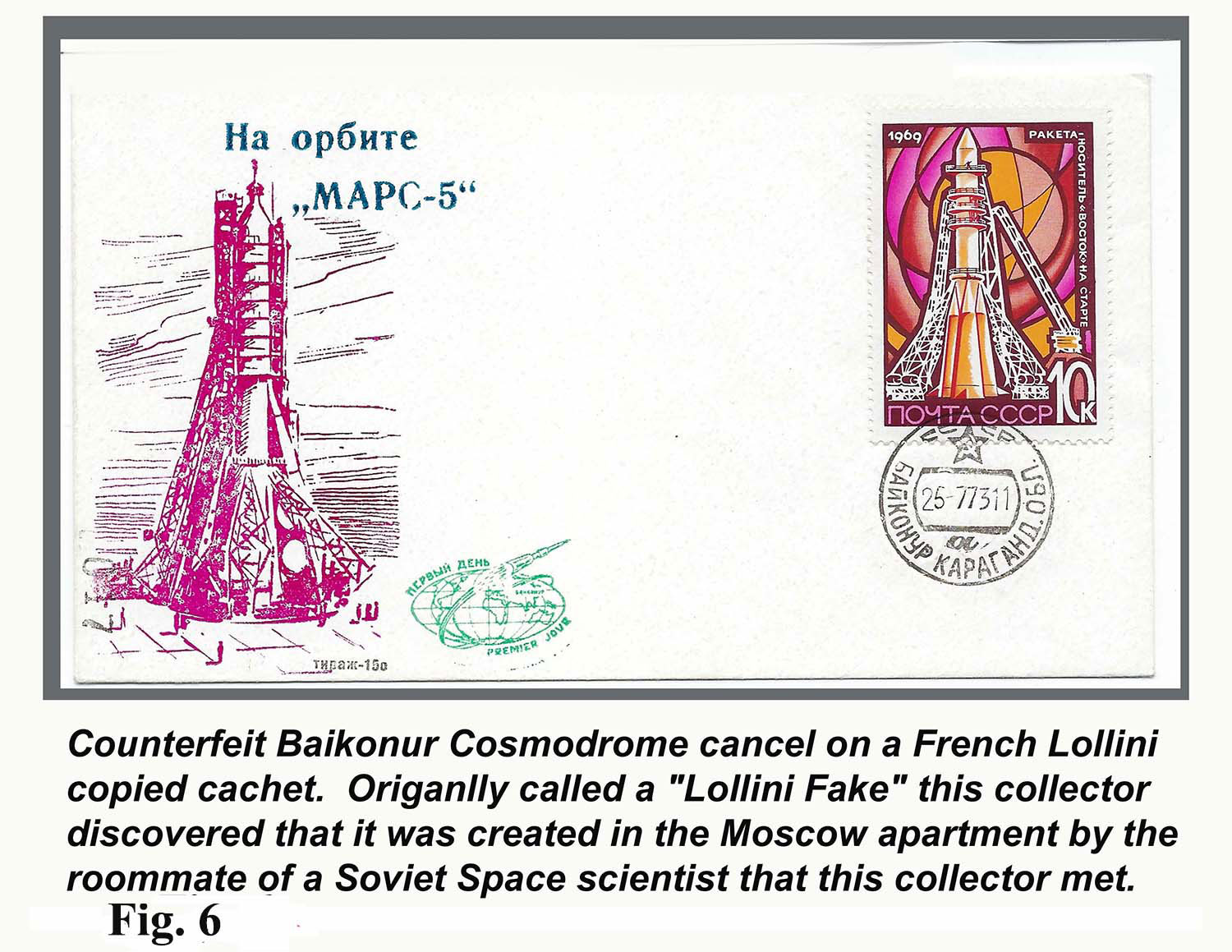
Fig. 7: Postage rates are attention getters for judges. This cover bears a 4c stamp but should have used 5c for postage. It may help to show a cover with the correct (5c in this case) postage affixed on the same date.
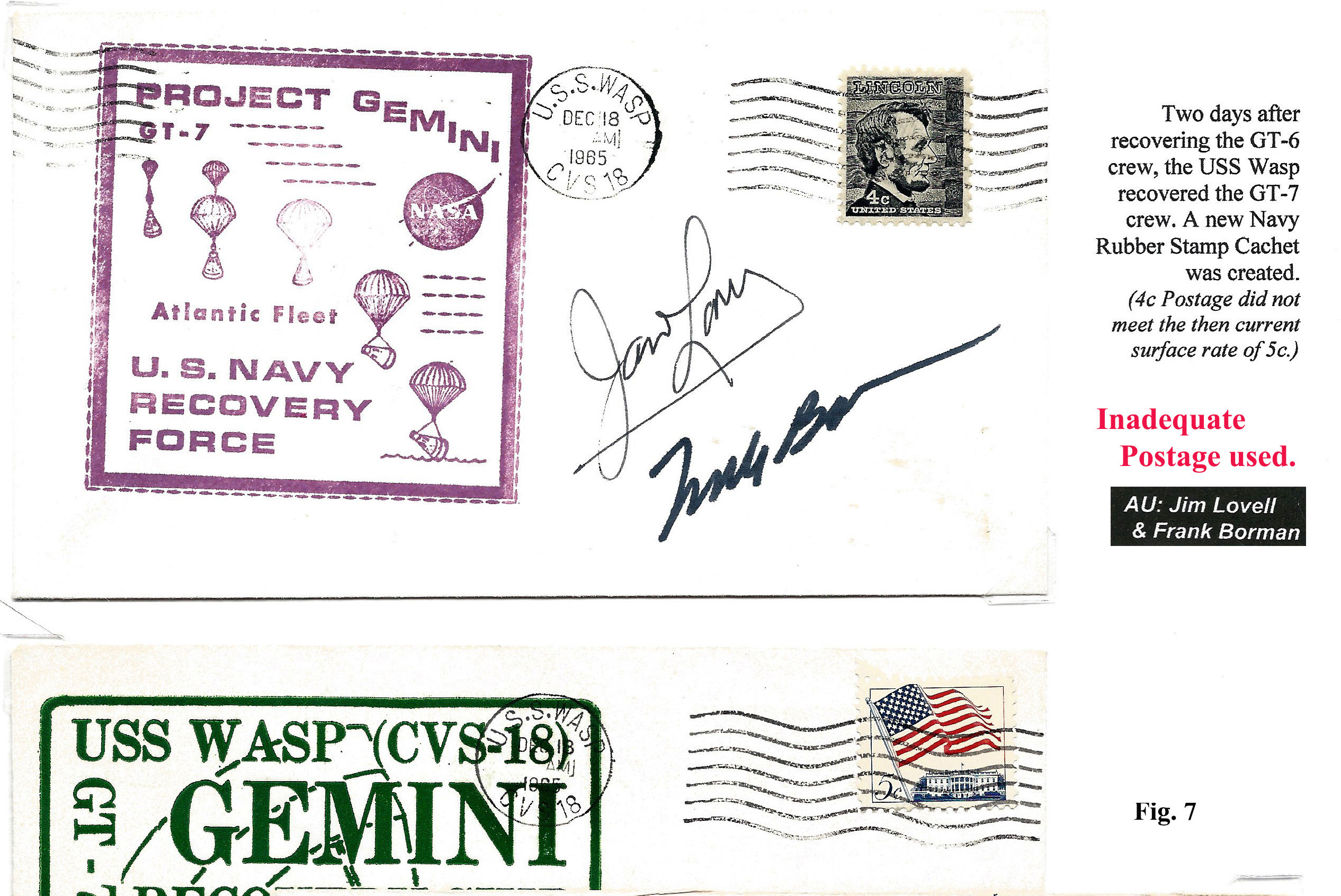
Fig. 8: Quoting the postal regulations for mail sent from a ship at sea, and showing a cover that should not have been sent from the PRS, gets a second look from the judges as well. Again, personal research will help your exhibit.
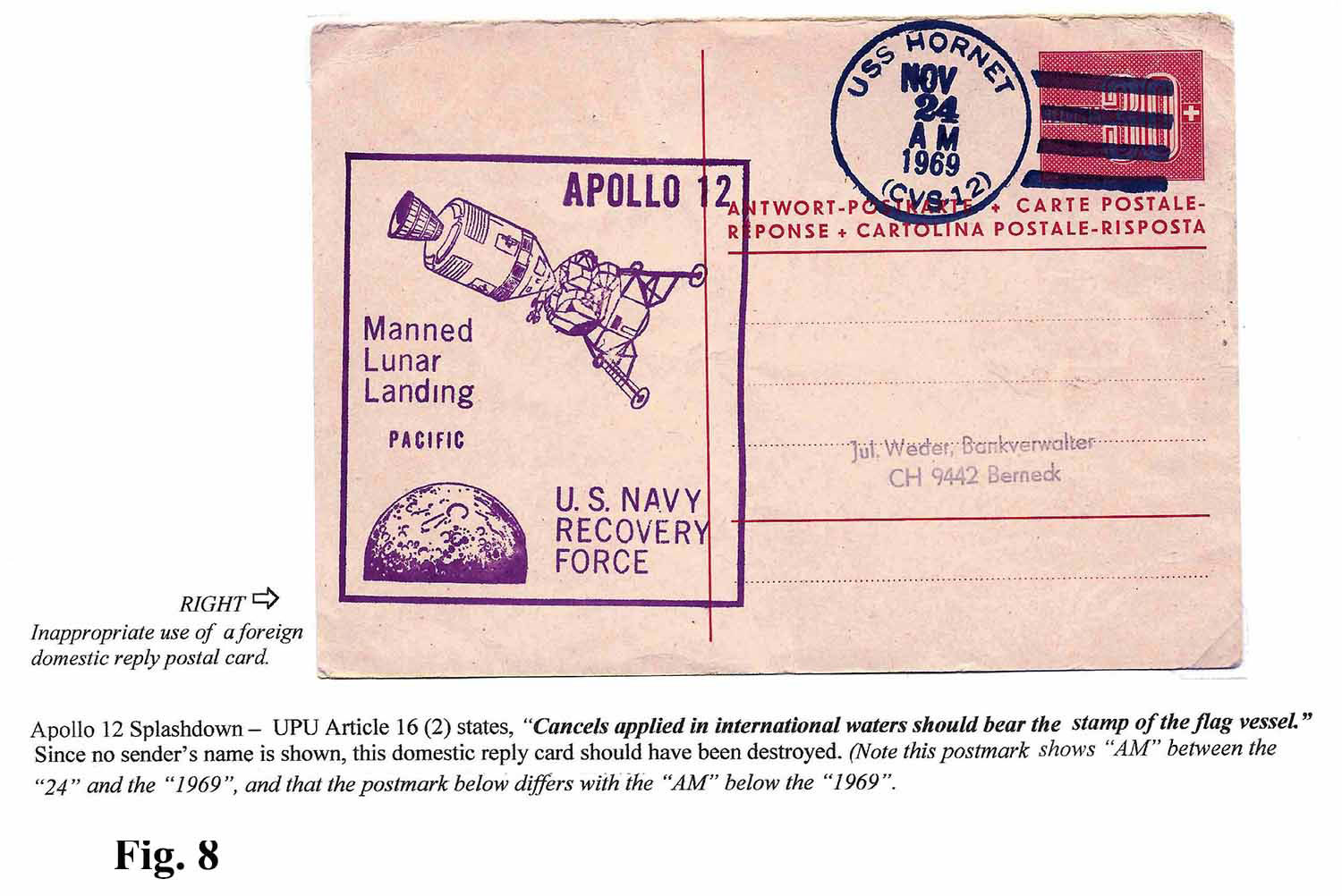
Fig. 9: One way to exhibit a cover like this is to put it into a plastic sleeve and incorporate slips of paper to the sleeve to add the text. Scott catalog simply shows this as an April 1961 release. But info from an old Astrophile (which I didn't look up) stated differently. Use sources whenever possible, for information such as the below.
